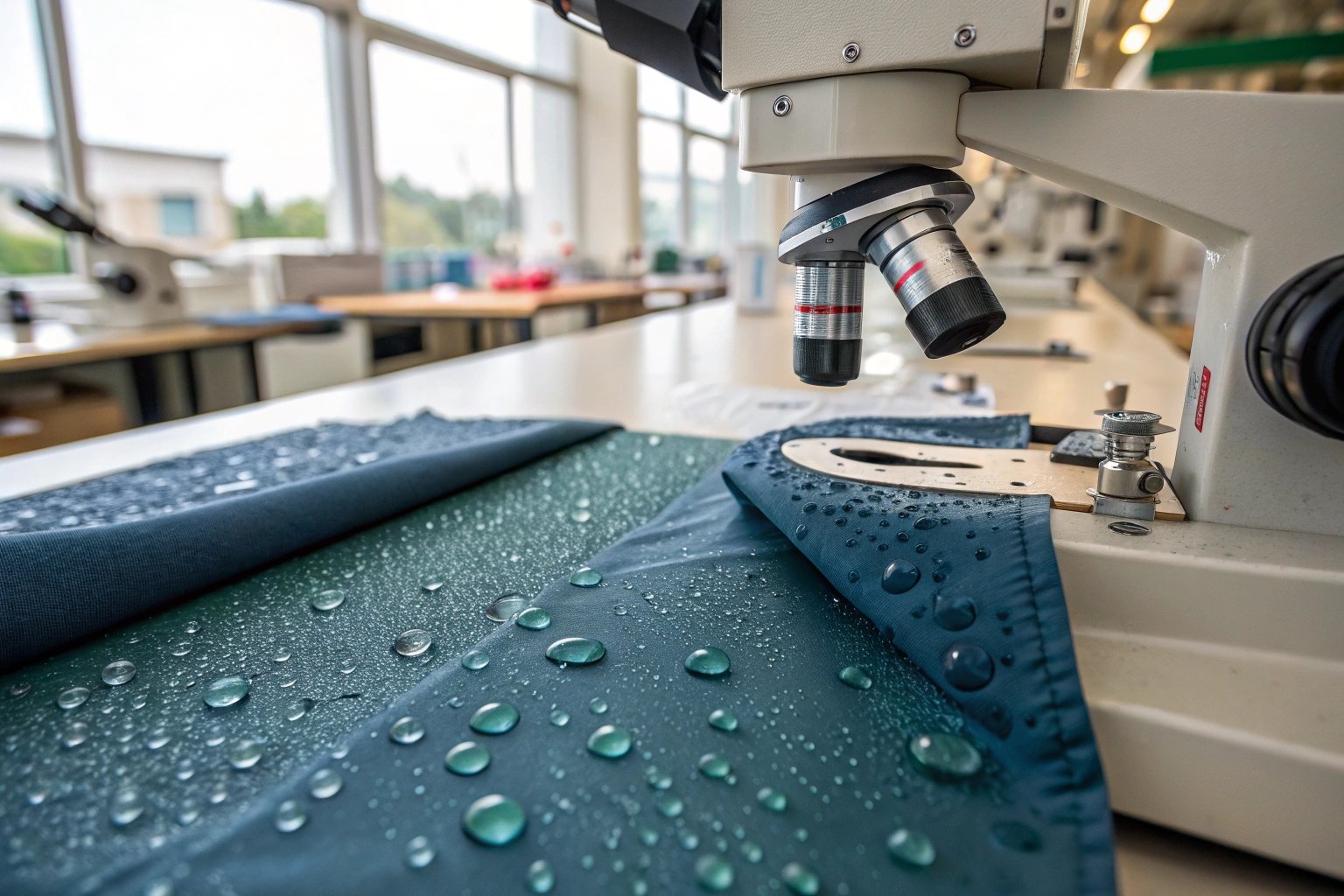Imagine spilling coffee on your shirt and watching it roll off like water on lotus leaves. That’s no longer a lab experiment—it’s a commercial reality. Self-cleaning fabric coatings are redefining textile durability, especially for brands targeting the premium and functional apparel markets. As a supplier with in-house coating capabilities, we’ve seen these breakthroughs move fast from theory to mass production.
New self-cleaning fabric coatings are now more durable, eco-friendly, and suitable for large-scale manufacturing—making stain-repellent textiles smarter and more practical than ever before.
From hydrophobic nanocoatings to bio-inspired technologies, textile buyers must now navigate a growing set of options. Here’s what’s new—and what really matters—when evaluating these innovations for fashion, sportswear, and technical textile sourcing.
What Are the Latest Innovations in Self-Cleaning Coatings?
Self-cleaning technology has advanced beyond simple water-repellent sprays. Today’s coatings are smarter, thinner, and designed to work at the fiber level rather than sit on the surface.
Breakthroughs in nanotechnology and bio-replication have enabled coatings that repel stains, kill bacteria, and last through multiple wash cycles.
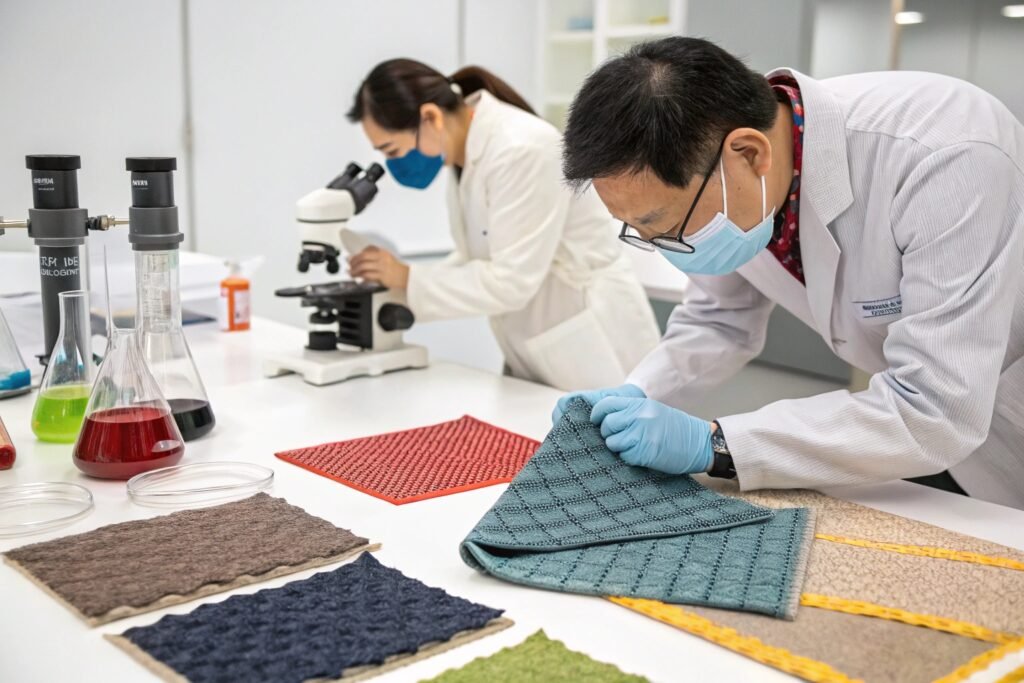
What Are Lotus-Inspired Nano-Coatings?
Taking cues from lotus leaves, these coatings mimic microscopic roughness that causes water and oil to bead and roll off. Known as superhydrophobic coatings, they use silica nanoparticles or fluoropolymers at the sub-100nm scale.
Brands like NeverWet and HeiQ Eco Dry have brought such coatings to the market. Our own factory uses a similar fluorine-free nano-coating that resists water, wine, and oil, making them ideal for outerwear and uniforms.
Are These Coatings Wash-Durable?
The latest coatings like sol-gel based systems form chemical bonds with fibers, offering longer durability—up to 30–50 washes. Compared to older sprays that wore off quickly, these newer solutions have industrial appeal.
Some coatings now meet ISO 6330 and AATCC 130 standards after repeated laundering, which makes them suitable for both consumer fashion and commercial textiles.
How Eco-Friendly Are Modern Coatings?
With growing global concern over PFAS (“forever chemicals”), sustainable alternatives are taking the lead. Many European and U.S. buyers now demand zero-fluorocarbon solutions.
Modern self-cleaning coatings are shifting to fluorine-free, biodegradable, and bluesign®-approved solutions to align with global sustainability standards.
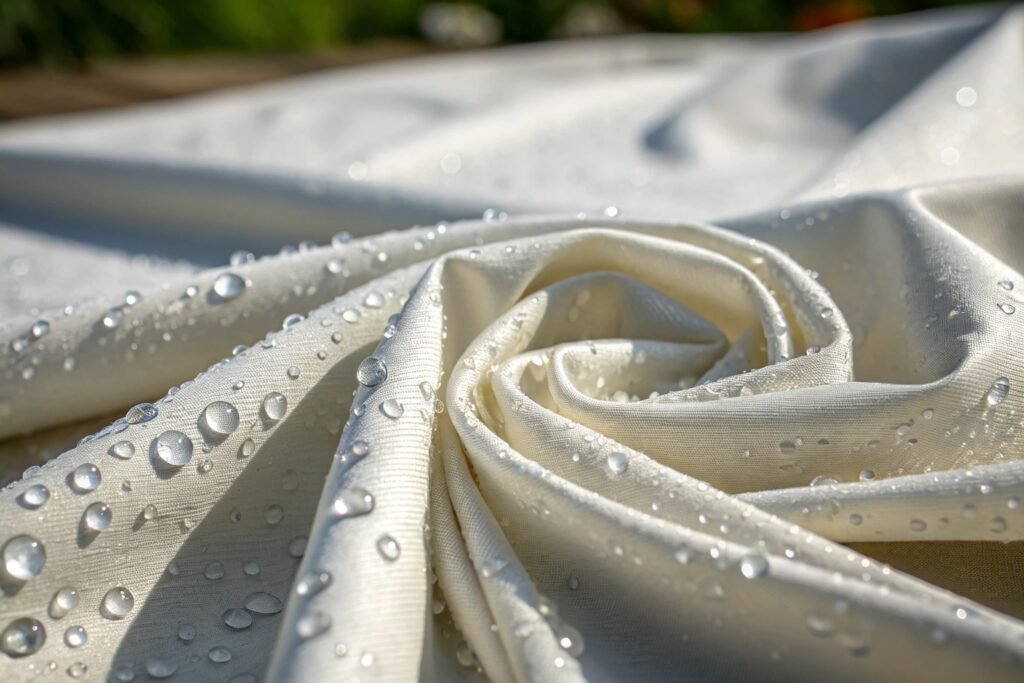
What Replaced Fluorocarbons?
Early coatings used C8 fluorocarbons, which are now banned in many regions. Today’s eco coatings use C0 or C6 chains or substitute with plant-based alternatives like wax polymers or silanes.
We’ve partnered with chemical suppliers offering OEKO-TEX and ZDHC-compliant self-cleaning coatings. These pass both water repellency tests and biodegradability standards—ideal for markets like Germany, France, and the U.S. West Coast.
Are Natural Fiber Coatings Available?
Yes, newer coatings are being developed to bond with natural fibers like cotton and hemp. For example, Bionic-Finish Eco and Rudolf BIONIC offer plant-based finishes that work even on open weaves. These are popular in babywear and sustainable fashion categories where skin contact safety matters most.
At Fumao, we use fluorine-free coatings on organic cotton and linen fabrics—producing both GOTS-certified and REACH-compliant output.
How Do These Coatings Perform in Different Applications?
Self-cleaning technology is no longer limited to lab coats or industrial uniforms. Fashion brands, babywear makers, and outdoor gear designers now adopt it widely across product lines.
Modern coatings work across a variety of fabrics—cotton, polyester, blends—and are applied to shirts, dresses, outerwear, and uniforms for added function and value.
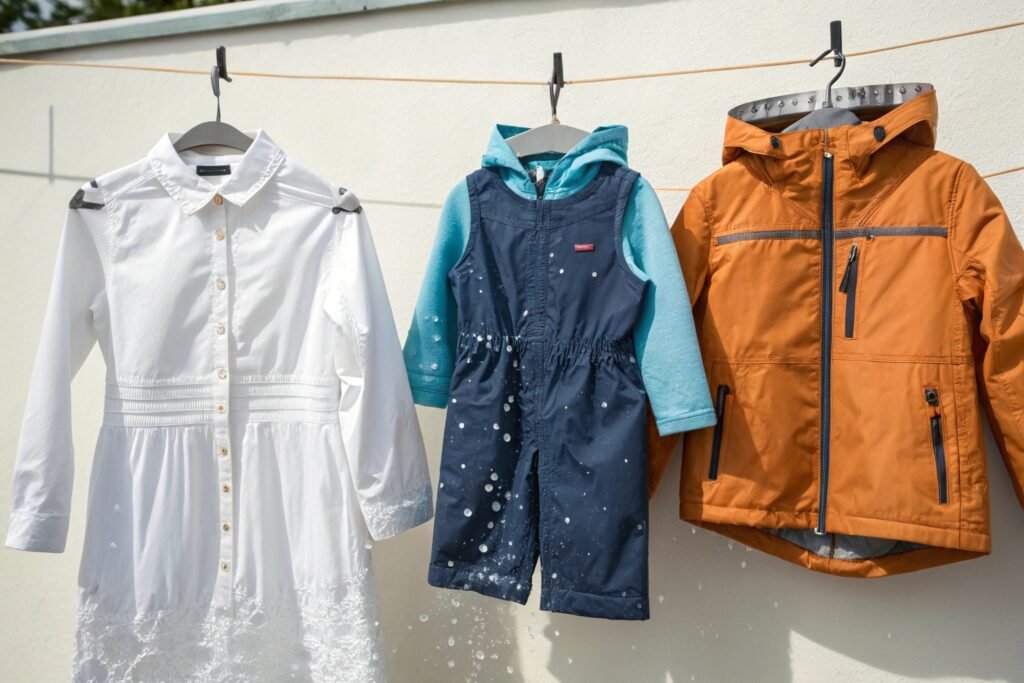
Which Markets Use These Coatings Most?
- Sportswear: Moisture and mud resistance for trail gear
- Workwear: Easy-clean uniforms and chef coats
- Children’s Clothing: Stain-proof schoolwear
- Luxury Apparel: Spot-free white shirts and dresses
In our Keqiao facility, we coat lightweight chiffon, cotton, and poly-rayon blends with invisible finishes that don’t alter handfeel or drape. Many of our U.S. clients use these in travelwear and office fashion.
How Do They Impact Fabric Feel?
Earlier coatings made fabrics stiff or waxy. Today’s nanocoatings are invisible, breathable, and soft. Our microfiber-treated polyesters maintain air permeability while adding protection—ideal for hot climates and upscale garments.
We always send pre- and post-coating samples to clients, especially for soft touch or draped items like dresses and shirting.
What Should Buyers Ask Suppliers Before Choosing a Coating?
While self-cleaning technology is exciting, buyers should evaluate three things: performance, safety, and durability. Don’t accept vague claims—ask for standards, test reports, and real-use validation.
To source with confidence, buyers should ask for ISO test results, wash-cycle durability data, and chemical safety certifications before confirming coating choices.
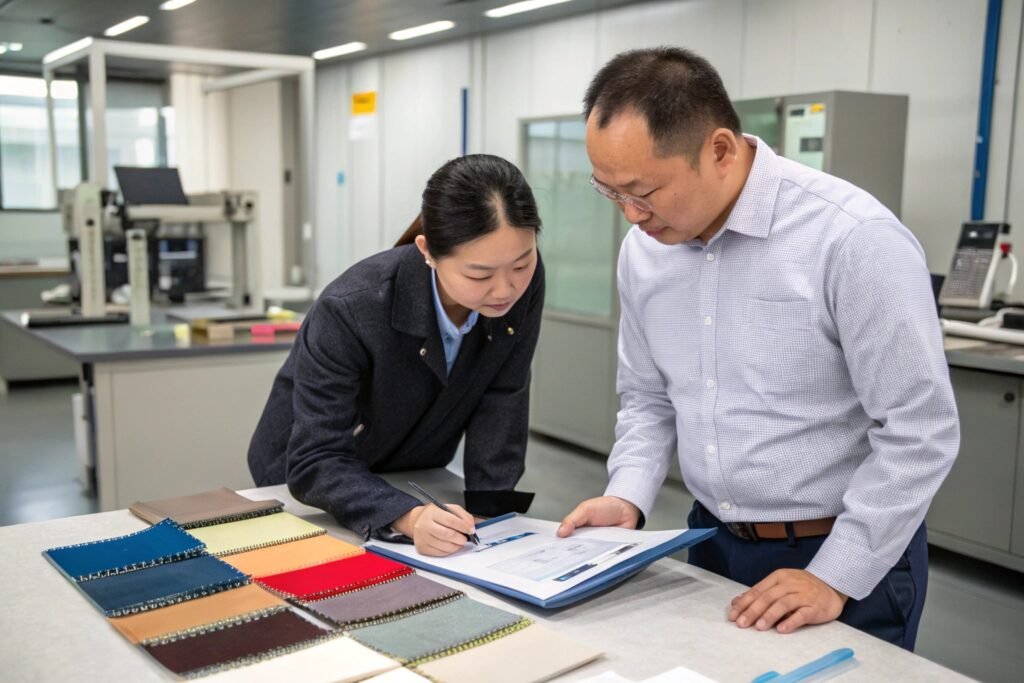
What Certifications Matter?
Ask suppliers for:
- ISO 6330: Wash durability
- AATCC 22 & 130: Water and soil repellency
- OEKO-TEX® / bluesign® / ZDHC: Chemical safety
- REACH & Prop 65 compliance: Especially for EU and U.S. markets
At Fumao, our in-house coating line follows CNAS-certified protocols, and we provide videos, lab sheets, and fabric swatches for every self-cleaning run. We also offer optional third-party verification from Intertek or SGS upon request.
How to Test the Coating at Home?
We always encourage simple testing: pour water, oil, or even soy sauce on the fabric. If it beads and rolls off without soaking in, the coating works. Rub it gently with a paper towel—if there’s no stain or absorption, it passes.
Buyers often perform these tests themselves before mass orders, and we supply coated lab dips for visual and tactile confirmation.
Conclusion
Self-cleaning fabric coating technology has moved from being a niche science to a scalable industrial solution. It’s cleaner, greener, and smarter than ever. Whether you're sourcing for performance, fashion, or children’s clothing, this technology helps you stand out. As manufacturers with in-house coating expertise and CNAS lab support, we’ve seen clients reduce returns, boost customer satisfaction, and charge higher price points by using this added functionality. If you haven’t considered self-cleaning coatings before, now is the time—they’re no longer futuristic. They’re here, they work, and they ship.

